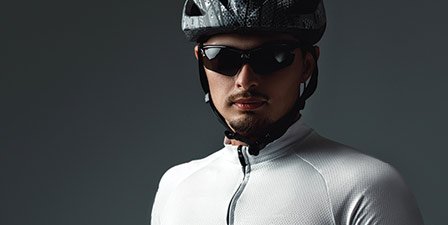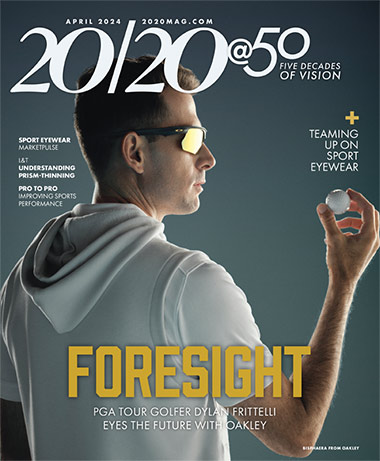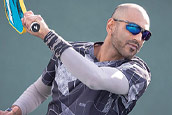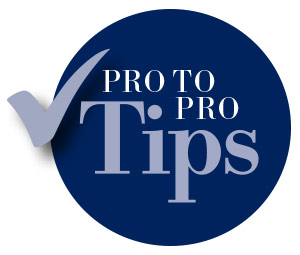
By Linda Conlin, ABOC, NCLEC
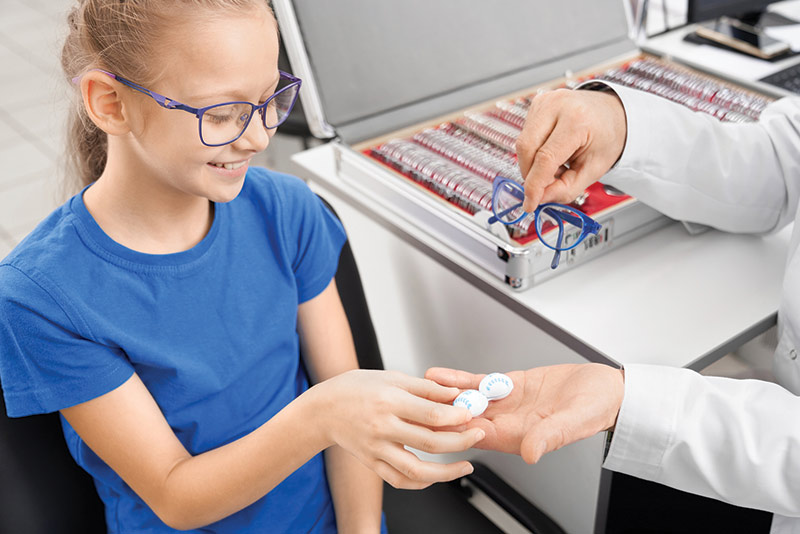
Each year, it’s common to see children come in for an eye exam showing increasing myopia. Almost 30 percent of the global population is myopic with only about 4 percent highly myopic, but by 2050, these numbers are projected to increase to nearly 50 percent with 10 percent high myopes, according to the Brien Holden Vision Institute (BHVI). Correcting myopic vision with stronger lenses results in better acuity, usually temporarily, but does nothing to slow its progression.
A recent article in Review of Ophthalmology reports, “The ability to retard the progression of myopia may be crucial for avoiding more serious ocular problems down the road. One study reported that a 1D increase in myopia was associated with a 67 percent increase in the prevalence of myopic maculopathy (myopic macular degeneration). The group reported that slowing myopia by 1D should reduce the likelihood of developing myopic maculopathy by 40 percent, regardless of the level of myopia. Low and moderate levels of myopia, though less prone to complications than high myopia, still carry “considerable risks” for myopic macular detachment, retinal detachment, posterior subcapsular cataract, nuclear cataract, and open-angle glaucoma, according to a 2020 review study.”
Tip: With myopia, management and vision correction must work together, and early intervention is key.
Spectacle lens designs that not only correct acuity but have been shown to slow myopia progression are now available. Studies have found that peripheral hyperopic defocus, in which peripheral light rays focus behind the peripheral retina, triggers an increase in eyeball elongation and so myopia. Conversely, myopic defocus, in which peripheral light rays focus in front of the peripheral retina, has been shown to slow myopia progression. Spectacle lenses designed to either reduce hyperopic defocus and/or induce myopic defocus have been shown to significantly slow myopia progression while providing clear central vision.
Another new spectacle technology that has shown significant slowing of myopia progression is contrast reduction. This technology is based on the hypothesis that high contrast signals at retinal photoreceptors induce the eye to grow, and low contrast signals induce the eye to slow the axial growth. The lenses are designed with a clear central aperture surrounded by multiple dots that reduce the peripheral retinal contrast by at least one-third to half compared to central contrast.
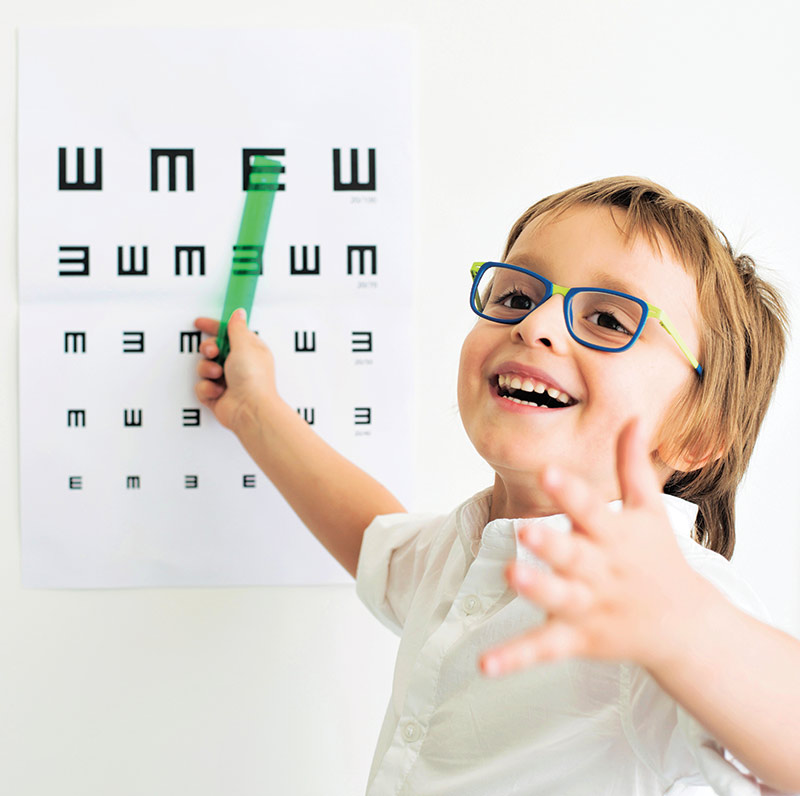
Tip: For early intervention, younger children can be easily fitted with spectacles, which have little, or no side effects compared to other optical treatments such as pharmaceutical therapies.
Contact lenses have long been used to slow myopia. Clinical studies have demonstrated that ortho-k lenses can be a safe and effective treatment option to manage myopia. These specially designed gas permeable lenses are worn overnight to reduce refractive error and may eliminate the need to wear contact lenses or glasses during waking hours after the lenses are removed.
Multifocal contact lenses for children have also proved to slow myopia progression. In 2020, the BLINK Study was published in the medical journal JAMA (2020) and showed that multifocal lenses were more effective in slowing down myopia than regular single vision lenses. Shaped like a bullseye, the soft multifocal contact lenses have two basic portions for focusing light. The center portion of the lens corrects nearsightedness so that distance vision is clear, and it focuses light directly on the retina. The outer portion of the lens adds focusing power to bring the peripheral light rays into focus in front of the retina (myopic defocus). The study also found that high-add power contact lenses produced the most meaningful slowing of eye growth.
Another multifocal lens design is extended depth of focus (EDOF). The lenses have a center-distance design with increasing add power moving outward from the center. A 2018 BHVI study reported impressive reductions in myopic progression and even suggested regression occurred in some subjects when compared with progression rates prior to using the EDOF design. What’s more, the findings suggested EDOF designs are better tolerated than other designs often advocated for myopia control.
Tip: In addition to myopia control, contact lenses can improve the visual quality of life for children and can improve self-esteem, learning, athletic competence and societal acceptance.
We can see that spectacle and contact lenses aren’t just for correcting visual acuity. They can control myopia, and perhaps even reverse it, to improve quality of life and preserve long-term vision health.



